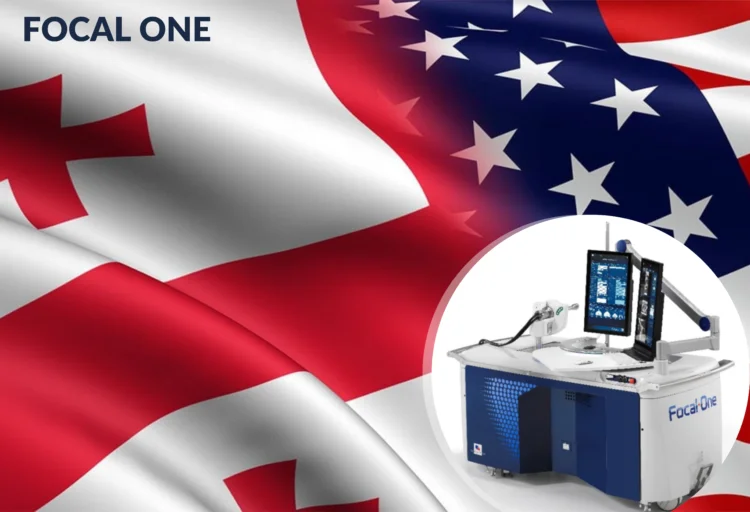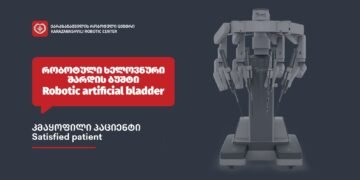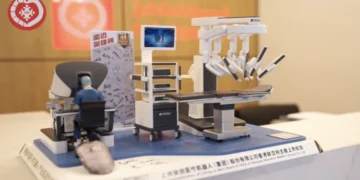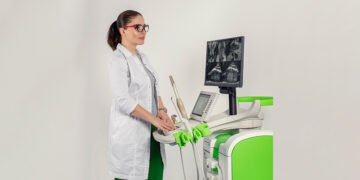FOCAL ONE – RUTH, a robotic ultrasound therapy for prostate cancer
https://www.edap-tms.com/…/prostate-cancer/focal-one,
was implemented at the end of 2020 at Karazanashvili’s Robotic Center and in leading U.S. clinics, such as the University of California, San Francisco Medical Center and the Cleveland Clinic.
FOCAL ONE – RUTH (#focalone #HIFU) is a revolutionary non-surgical, non-invasive, and radiation-free treatment option for localized prostate cancer. It is produced by EDAP TMS SA, a globally recognized leader in the therapeutic ultrasound market.
EDAP TMS develops, manufactures, promotes, and distributes minimally invasive medical equipment for various pathologies using ultrasound technology.
By combining the latest imaging and therapeutic technologies across its full range of robotic ultrasound devices, EDAP TMS introduced Focal One® in both Europe and the U.S. as a comprehensive solution to meet all clinical requirements for precise prostate tissue ablation.
With the addition of the ExactVu™ micro-ultrasound system, EDAP TMS is now the only company in the world offering 100% accurate diagnosis and effective treatment of prostate cancer—from screening to focal therapy.
More info: www.edap-tms.com and us.hifu-prostate.com

Marc Oczachowski, Chairman and CEO of EDAP, commented on the launch of FOCAL ONE – RUTH treatment at leading medical institutions, including Karazanashvili’s Robotic Center, the University of California, the San Francisco Medical Center, and the Cleveland Clinic:
“We are pleased and proud to welcome the adoption of our most advanced Focal One – RUTH #focalone #HIFU technology in these prestigious medical institutions.
This clearly reflects the growing acceptance of Focal One – RUTH in prostate cancer treatment and the increasing interest in non-invasive technologies that preserve life and quality of life.
We are also pleased to have finalized these transactions amid the recovery from COVID-19-related disruptions.
We strongly believe that investing in ambulatory technologies is essential for hospitals and healthcare systems, as these technologies result in minimal side effects, reduce the risk of intensive care unit (ICU) stays, and ensure maximum patient safety and comfort.
We are ready to enter 2021 with renewed momentum.”







